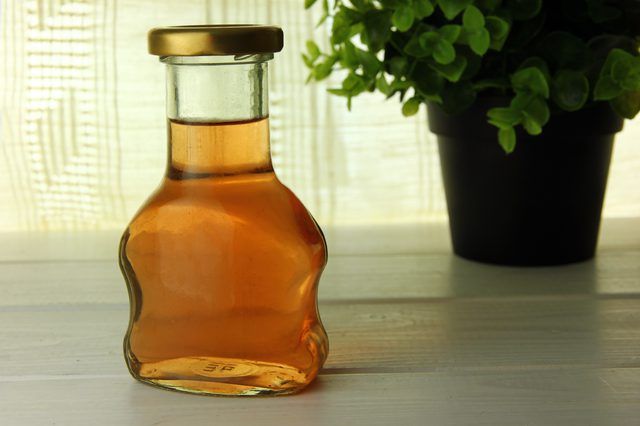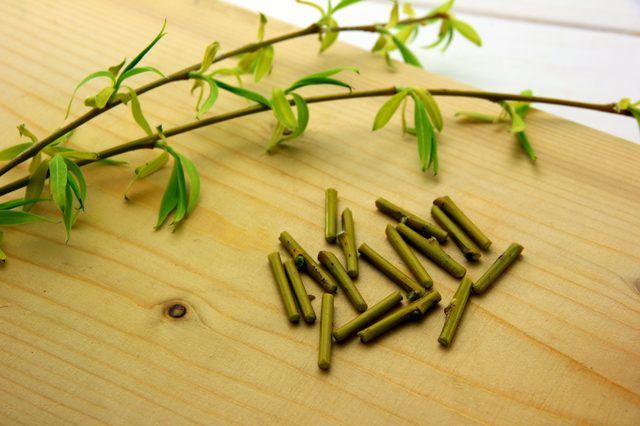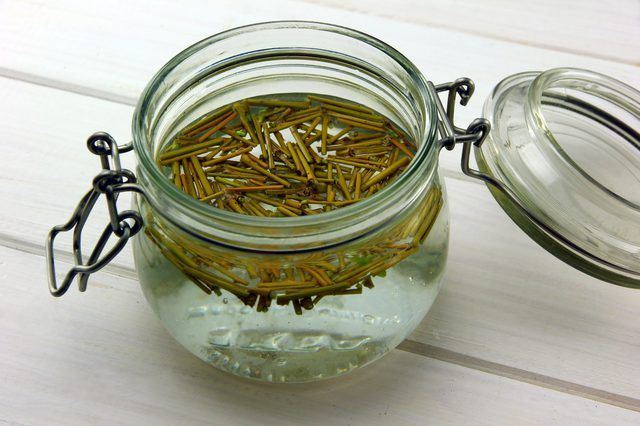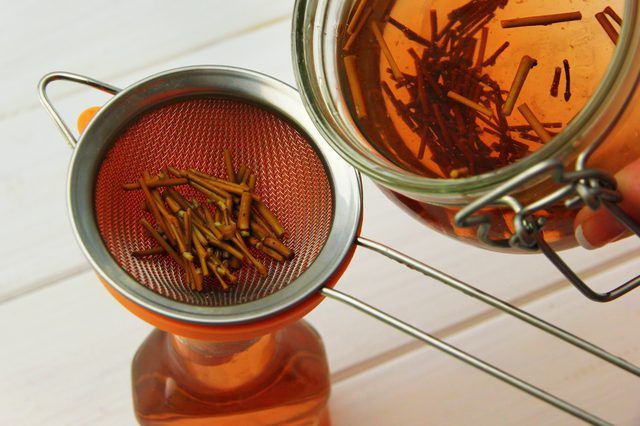Bulbs
Flower Basics
Flower Beds & Specialty Gardens
Flower Garden
Garden Furniture
Garden Gnomes
Garden Seeds
Garden Sheds
Garden Statues
Garden Tools & Supplies
Gardening Basics
Green & Organic
Groundcovers & Vines
Growing Annuals
Growing Basil
Growing Beans
Growing Berries
Growing Blueberries
Growing Cactus
Growing Corn
Growing Cotton
Growing Edibles
Growing Flowers
Growing Garlic
Growing Grapes
Growing Grass
Growing Herbs
Growing Jasmine
Growing Mint
Growing Mushrooms
Orchids
Growing Peanuts
Growing Perennials
Growing Plants
Growing Rosemary
Growing Roses
Growing Strawberries
Growing Sunflowers
Growing Thyme
Growing Tomatoes
Growing Tulips
Growing Vegetables
Herb Basics
Herb Garden
Indoor Growing
Landscaping Basics
Landscaping Patios
Landscaping Plants
Landscaping Shrubs
Landscaping Trees
Landscaping Walks & Pathways
Lawn Basics
Lawn Maintenance
Lawn Mowers
Lawn Ornaments
Lawn Planting
Lawn Tools
Outdoor Growing
Overall Landscape Planning
Pests, Weeds & Problems
Plant Basics
Rock Garden
Rose Garden
Shrubs
Soil
Specialty Gardens
Trees
Vegetable Garden
Yard Maintenance
How to Make a Rooting Tonic
How to Make a Rooting Tonic. Willow trees (Salix spp.) root exceptionally easy because they have high levels of natural rooting hormones in their branches and bark. Not all plants root as vigorously, but you can use the natural compounds found in willow trees to make a rooting hormone for propagation projects. Willows grow in U.S. Department of...
Willow trees (Salix spp.) root exceptionally easy because they have high levels of natural rooting hormones in their branches and bark. Not all plants root as vigorously, but you can use the natural compounds found in willow trees to make a rooting hormone for propagation projects. Willows grow in U.S. Department of Agriculture plant hardiness zones 2 through 9.

The best time to harvest willow branches is between spring and early summer when the trees are growing actively. Look for thin new branches 1/4 inches in diameter or less. The newer the branch, the higher the levels of natural rooting hormone it contains. Clip off the tips -- 2 to 4 inches back -- with a pair of pruning shears then pinch off the leaves. Disinfect your pruning shears by dipping them in rubbing alcohol diluted with an equal quantity of water before moving on to other plants. If the willows are not on your property, make sure you have permission to take cuttings before you start.

While you can use the willow branch pieces whole, you'll get more of the rooting hormone out if you chop them up. Use the pruning shears to cut the branches into 1/4- to 1/2-inch pieces. Use 2 cups of chopped up willow branches to make 1 gallon of rooting hormone tonic. Alternately you can use 1/2-inch pieces of willow bark instead of the branch tips. If you're using bark, up the ratio to 3 cups of material for 1 gallon of rooting tonic.

The willow branches or bark need to steep in water to release the compounds that stimulate rooting. You can either combine the willow pieces with 1 gallon of room-temperature water and let it stand for two days, or combine the branch sections with 1 gallon of boiling water then let it stand covered for 12 to 24 hours. The key is to give the pieces of willow enough time to release the rooting medium. It's best to use glass -- make sure it's heat proof if you're using the boiling water method -- rather than plastic to avoid any leaching into the material.

Before using the willow rooting hormone, pour the liquid through a sieve to filter out all the branch tips and bark pieces. Discard these. You can use the rooting hormone tonic right away or store it in the fridge with a tight-fitting lid. It should last for two months. When you go to use your rooting tonic for propagation, pour off a small amount to use for each session rather than dipping the cuttings directly in the jar. This helps keep the rooting tonic free of diseases and pathogens if you're working on multiple projects.
